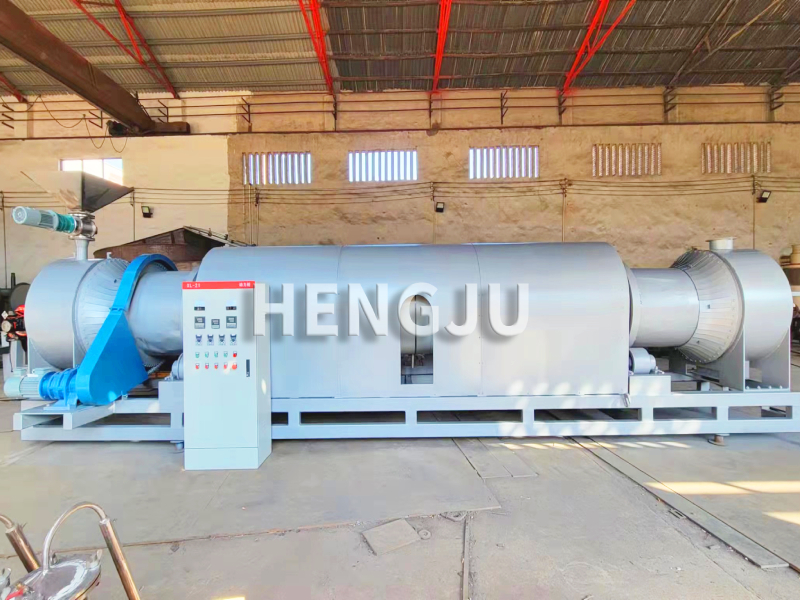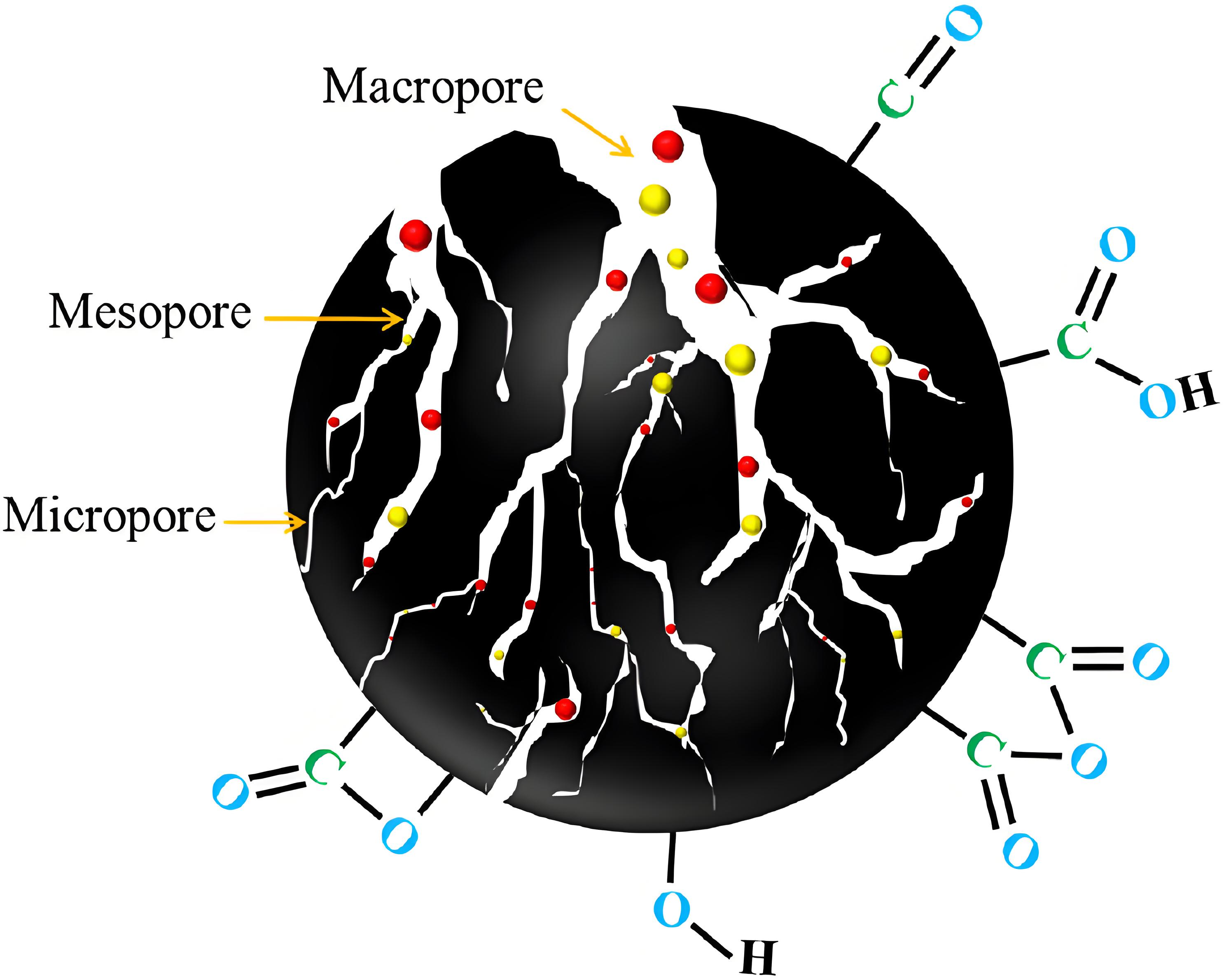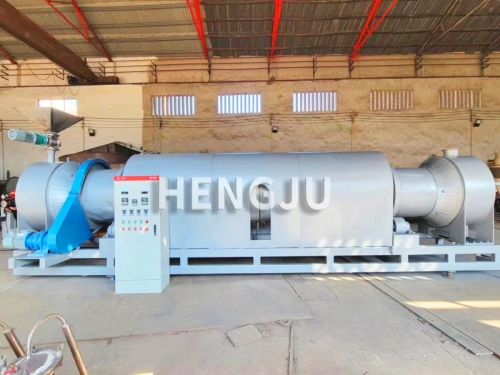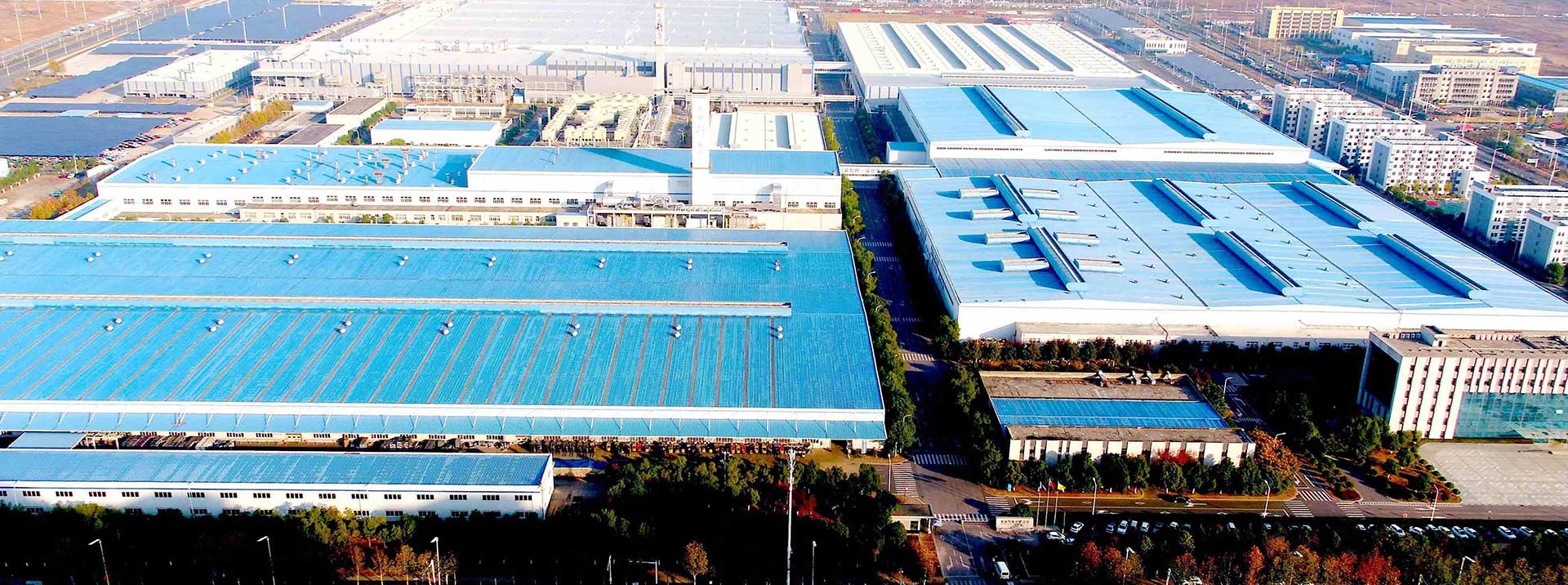Rotary Kiln vs. Fluidized Bed: Which Activated Carbon Activation Furnace is Right for Your Production?
The production of high-quality activated carbon, a material prized for its exceptional adsorption properties, involves a multi-stage process.

Understanding the Activation Technologies: Rotary Kiln and Fluidized Bed Reactors
While both technologies achieve the same goal of activating carbonized material, their methods and resulting characteristics differ.
Activated Carbon Rotary Kiln (for Activation):
An activated carbon rotary kiln is an inclined, rotating cylindrical furnace.
Key Features for Activation:
Versatile Char Handling: Rotary kilns can handle char with varying particle sizes and flow properties.
Good Solid-Gas Contact: The tumbling action provides adequate contact between the char and the activating gas.
Controllable Residence Time: The rotation speed and kiln length allow for precise control over the duration the char spends in the activation zone.
Suitable for Various Activating Agents: Effective with steam, CO2, and other gaseous activating agents.
Robust and Reliable: Known for their durable construction and consistent performance.
Fluidized Bed Reactor (for Activation):
In a fluidized bed reactor, the carbonized char is suspended in an upward flow of activating gas. The gas velocity is carefully controlled to create a fluidized state, where the char particles behave like a fluid, leading to intense mixing and heat transfer.
Key Features for Activation:
Excellent Temperature Uniformity: The turbulent nature of the fluidized bed ensures a very even temperature distribution throughout the reactor, leading to consistent activation.
High Gas-Solid Contact Efficiency: The intimate contact between the activating gas and the char particles results in rapid and efficient activation.
Precise Control Over Activation Conditions: Enables fine-tuning of temperature, gas flow rate, and residence time for optimal activation.
Efficient Heat Transfer: The fluidized state facilitates rapid and uniform heat transfer to the char particles.
Ideal for Uniform Char Sizes: Works best with relatively uniform and finer-sized char to ensure proper fluidization.
Head-to-Head Comparison: Rotary Kiln vs. Fluidized Bed for Activation
The choice between these two activation technologies depends on several critical factors:
| Feature | Activated Carbon Rotary Kiln | Fluidized Bed Reactor for Activation |
|---|---|---|
| Temperature Uniformity | Generally good, potential for axial variations | Excellent, highly uniform throughout the reaction zone |
| Gas-Solid Contact | Good, enhanced by tumbling | Superior, due to fluidization and intense mixing |
| Residence Time Control | Long and precisely controllable | Average residence time controllable, narrow distribution |
| Char Handling | Tolerates a wider range of char particle sizes | Best suited for finer, more uniform char particles |
| Scale of Operation | Suitable for small to large production volumes | Highly scalable for large, continuous production |
| Activation Efficiency | Can be slightly lower for very high activation levels | Potentially higher for achieving very high activation levels |
| Energy Efficiency | Can be less energy-efficient due to external heating | Generally more energy-efficient due to direct heat transfer |
| Maintenance | Relatively simpler mechanical design | Can be more complex due to gas distribution systems |
| Capital Cost | Often lower for smaller to medium capacities | Can be higher, especially for large-scale installations |
| Product Attrition | Can experience higher attrition due to tumbling | Generally lower attrition due to gentler fluidization |


Which Activation Furnace is Right for You? Key Considerations
Selecting the optimal activation furnace requires careful consideration of your specific production goals and constraints:
Production Volume: For high-volume, continuous production requiring consistent quality, fluidized bed reactors often offer advantages in efficiency and uniformity. Rotary kilns are versatile for various production scales.
Char Characteristics: The particle size distribution and flowability of your carbonized char will significantly influence the choice. Rotary kilns are more adaptable to variations.
Desired Activated Carbon Properties: If you require very high levels of activation and a highly uniform product, the superior gas-solid contact and temperature control of a fluidized bed reactor might be preferred.
Energy Costs: If energy efficiency is a primary concern, fluidized bed reactors generally offer better performance.
Capital and Operating Costs: Consider the initial investment, maintenance requirements, and energy consumption of each technology.
Specific Activating Agent: While both can use common activating gases, specific process requirements might favor one technology over the other.
The Role of the Activated Carbon Carbonization Furnace
It's crucial to remember that the activation step follows carbonization. The Activated Carbon Carbonization Furnace is responsible for the initial thermal treatment of the raw precursor material in an inert atmosphere to produce carbon-rich char.
The choice between an activated carbon rotary kiln and a fluidized bed reactor for the activation stage of activated carbon production is a critical decision with significant implications for your final product and operational costs. While rotary kilns offer robustness and versatility in handling various char types, fluidized bed reactors excel in temperature uniformity and gas-solid contact, potentially leading to higher activation efficiency and product consistency. Understanding your specific production volume, char characteristics, desired product properties, and economic constraints will guide you in selecting the most suitable activated carbon equipment. For both your carbonization and activation needs, consider exploring the range of Activated Carbon Carbonization Furnace and activation furnace options available from reputable suppliers like Hengju Machinery (
Copyright: Copyright belongs to Hengju Machinery! Reprint please indicate the source: https://www.hengjumachinery.com/industry-news/rotary-kiln-vs-fluidized-bed-which-activated-carbon-activation-furnace-is-right-for-your-production.html









